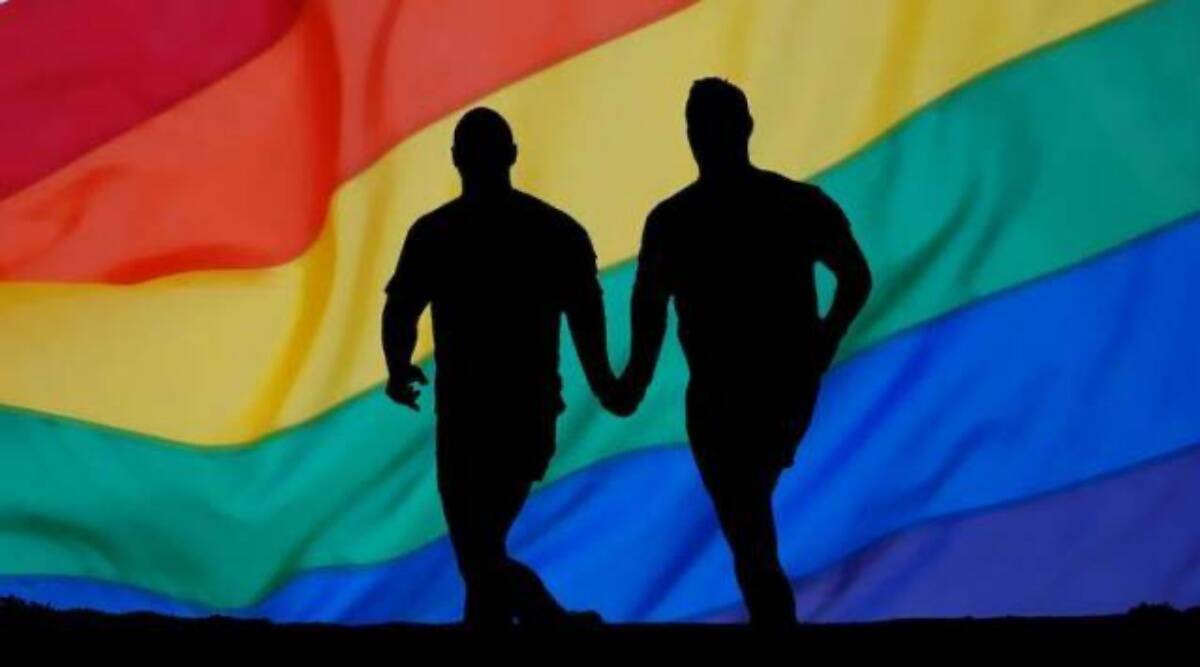Written by Kanwal DP Singh and Vinayak Jhamb
In the last few years, the traditional definition of “marriage” has been at the centre of public debate. This churn in society signals that there is a need to evolve. Marriage has generally been understood as the legal union of a man and a woman. But recent and contemporary liberal interpretations of marriage and gender roles encompass marital relations between same-sex people.
For many, the memory of times before the reading down of Section 377 is fresh. At the time, a lot of philanthropic work was being carried out by various NGOs. Section 377 was introduced by the British, under the chairmanship of Lord Macaulay. Despite that, the Section or its like finds no mention in the UK’s law. The Wolfenden Committee Report, published in 1957, recommended homosexuality be decriminalised and the Sexual Offences Act, 1967, did just that. In India, Section 377 of the IPC was challenged by way of a PIL by the Naz Foundation in the Delhi High Court in 2009. In 2018, the Supreme Court finally read the Section down in Navtej Singh Johar v Union of India.
The marriage equality debate has reached the corridors of the apex court with the petitions currently being heard at the Supreme Court in Supriyo v. Union of India. A plethora of arguments have been made by both sides; the petitioners stress that same-sex couples deserve and require legal sanction. Senior Advocate Menaka Guruswamy said: “Marriage is not only a question of dignity, but it is also a bouquet of rights that the LGBTQIA+ people are being denied. One cannot nominate their partner for life insurance as well. And, unfortunately, these are not theoretical issues. This is our life and therefore, anything short of that would not be acceptable”. The plaintiffs argue that the right to marriage equality flows from the Constitution’s promise of dignity, equality and fraternity.
The defendants place heavy emphasis on the sacramental union between a biological man and a biological woman. The respondents lay stress on the “conventional binary”, which has been accepted by the heteronormative society, thereby alienating sexual minorities. The Solicitor General of India emphasised the need for the usage of terminology like wife under the Hindu Marriage Act, 1955, which would become redundant in the case of gay marriages. For example, in the Indian Succession Act, 1925, there are provisions related to “domicile acquired by the wife on marriage”. This would again become irreconcilable if we use the term, “persons” instead of “husband” and “wife”. Therefore, logistical bottlenecks and hurdles do exist even if the sacramental nature of marriage as an institution is revamped.
Some people cite religious books to oppose marriage equality. On the contrary, in Tamil Nadu, people celebrate the Aravan festival in which transwomen marry the Hindu god. These festivals reflect that unity in diversity is central to India.
On the international front, deliberation over LGBTQ+ rights did not begin until 1994. Toonen v Australia (1994) was a landmark judgment by the UN Human Rights Committee. It noted that all laws criminalising same-sex relationships violate International Human Rights law. Again, sexual orientation became a topic of debate and deliberation at the Beijing Platform for Action and 4th World Conference on Women in September 1995 though certain international bodies claimed that LGBTQIA+ issues have no legal foundation in the international human rights arena. Despite differing opinions, the world witnessed a sea change in the attitude towards same-sex relationships and marriages.
Currently, 33 countries across the globe have legalised same-sex marriages under their domestic jurisdictions. This was started by the Netherlands in the year 2001 when the Dutch Parliament passed a landmark bill allowing same-sex marriages. The Dutch were followed by Belgium, Canada, Spain and South Africa. The US allowed same-sex marriages in 2015. President Joe Biden signed the Respect for Marriages Act, 2022 which conferred statutory powers allowing same-sex marriages at the federal level. Recently, the Supreme Court of Nepal also instructed the government to legally recognise same-sex marriage.
On the contrary, there are about 67 countries that penalise same-sex relationships. These countries usually claim that homosexual relationships cannot be allowed owing to strict religious norms and moral considerations. In our country as well, many groups and organisations vehemently oppose the idea of marriage equality. They believe that such marriages would alter the existing social fabric leading to chaos in our value system. Sociologists and psychologists on the other hand explain that sexual orientation is a private matter and a human right as well.
During the proceedings of the marriage equality case, CJI D Y Chandrachud categorically highlighted the difference between sex as assigned at birth and gender, which is believed to be a social construct. However, there is a fine line between the “implementation of the law” and the “internalisation of the law”. Even if the Supreme Court confers legal sanctity to same-sex marriages, it may not find acceptance in Indian society. Our ability to be able to embrace same-sex couples will reveal itself in due time. The need of the hour is to look at the debate holistically and try to ascertain if Indian society is ready for change. Our country must be aware and conscious of the social change taking place in its folds.
Singh is a professor and Jhamb is a PhD scholar at Guru Gobind Singh Indraprastha University
For more information call us at 9891563359.
We are a group of best insurance advisors in Delhi. We are experts in LIC and have received number of awards.
If you are near Delhi or Rohini or Pitampura Contact Us Here

